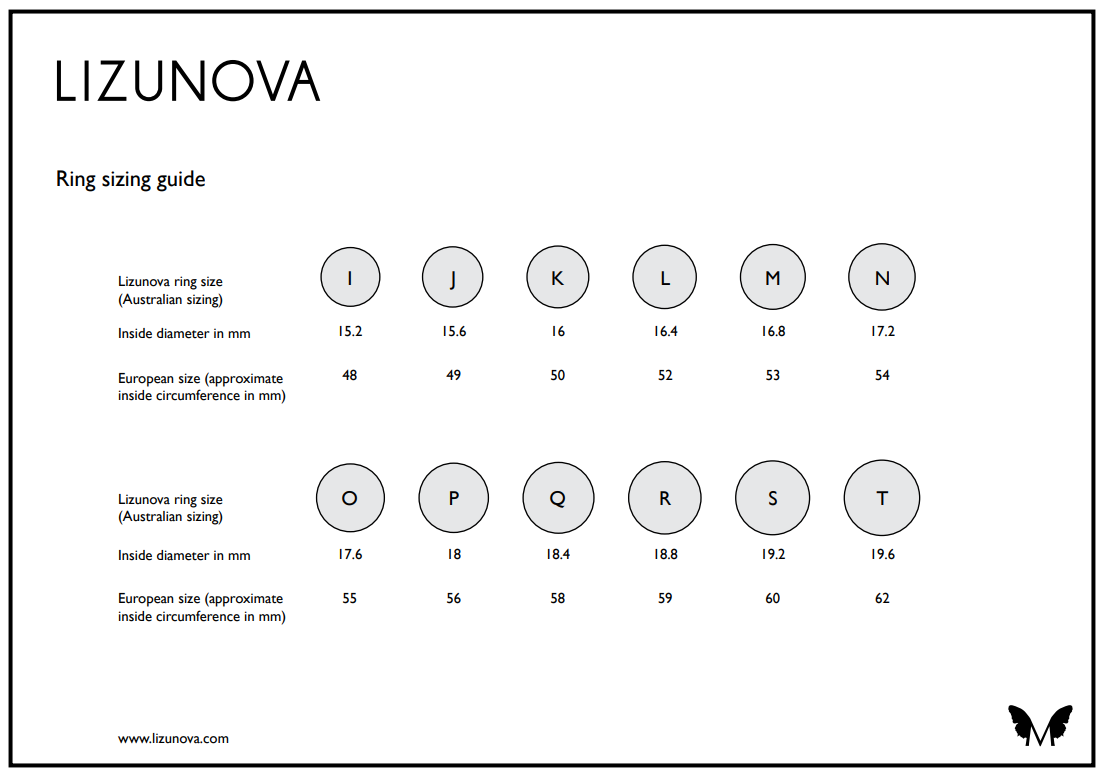Most of us think of gems as hard mineral, or shiny stones faceted from crystal rough that forms beneath the Earth's surface. However, there exist several organic gemstones formed through plants and animalprocesses. The most famous organic gems formed by animals are pearls and precious coral, while the most famous plant varieties are amber and jet.
One the most alluring and exotic of the organic gems would have to be black or Tahitian pearls. Black South Sea pearls are formed courtesy of a mollusc known to scientists as pinctada margaritifera orblack-lipped pearl oyster to us. The particular variety of these oysters which can produce the iridescent nacre black pearls are famous for, are concentrated in the waters around French Polynesia. These waters produce 93-95% of the gem-quality black pearls on the market. They are commonly named Tahitian pearls, as Tahiti is situated near the islands where these gorgeous pearls are cultivated.
The black pearls on the market today are nearly all cultured, which means that the pearls do not form randomly by chance due to the processes of nature, but are farmed by man. The naturally generated spat, or immature oysters, are collected on artificial spat collectors that are strategically positioned in lagoons or the open sea. The juveniles are granted three years to develop before they are ready to be implanted with a mother of pearl bead. Once implanted, the oyster will cover the bead with its own nacre creating concentric layers that give the pearls their beautiful, iridescent pearly lustre. After about 12-14 months, the pearls are ready for harvesting. Out of 100 oysters, only around6 will be round or semi round, 20 will be semi baroque and 11 will be full baroques. The remainder will be unsaleable or the oyster wasnt able to yield a pearl. You can see fromthese statistics howprecious and rare theperfectly round black pearl is!
Black pearls are diverse in colour, ranging from silvery grey to charcoal with under- and overtones of silver, gold, pink, green and blue. Some black pearls are known as peacocks and you can see greens, blues, pinks and golds swirling together in an iridescent fashion. The lustre of pearl is known as pearly and the sheen as orient of pearl; the lustre is the result of how light reflects off the pearl while the sheen is due to the diffraction of light through the incredibly fine layers of nacre which creates iridescence.
When selecting pearls it's good to keep the following tips in mind. The first is to look at the lustre. Ideally when you look at the pearl you need to see yourself reflected back as if looking into a mirror. The more sharply you can see yourself, the better the lustre. If you appear faint and fuzzy, the lustre is poor. Next is to appraise the orient. If you can see undertones of iridescent colours, the pearl is of good quality. If the pearl appears as a flat colour, the sheen is poor. Next is to look for any blemishes. Naturally, if the pearl is free from any pits or circular rings and the nacre is nice and smooth, it's good quality. Finally, look at the shape a perfectly round pearl is the most desirable - unless you prefer the baroque look.
We have just created these spectacular grey pearl earrings named Tahiti,with lovely round silver-grey pearls juxtaposed with square cut teal tourmalines,in a very contemporary setting in 18k white gold. The combination of mineral and organic gems creates a sophisticated look that's a far cry from your grandmother's classic pearl studs.




